Inline Process Solutions GmbH (IPS) develops sensors that make flows visible where they occur – right in the middle of the production process. Instead of relying on external laboratory evaluations, the optical sensors enable direct analysis of particles, droplets, or crystals within industrial plants. The technology combines microscopic precision with industrial robustness and provides a data-based foundation for real-time process optimization.
The basic principle of IPS technology is similar to that of a microscope. However, while classic microscopes are found on laboratory benches, the IPS sensor is permanently integrated into the production line. The sensors analyze flows passing through a process line and continuously generate high-resolution image data. This allows precise observation of particles and structures within a medium – for example, crystals, droplets, or gas-borne solids.
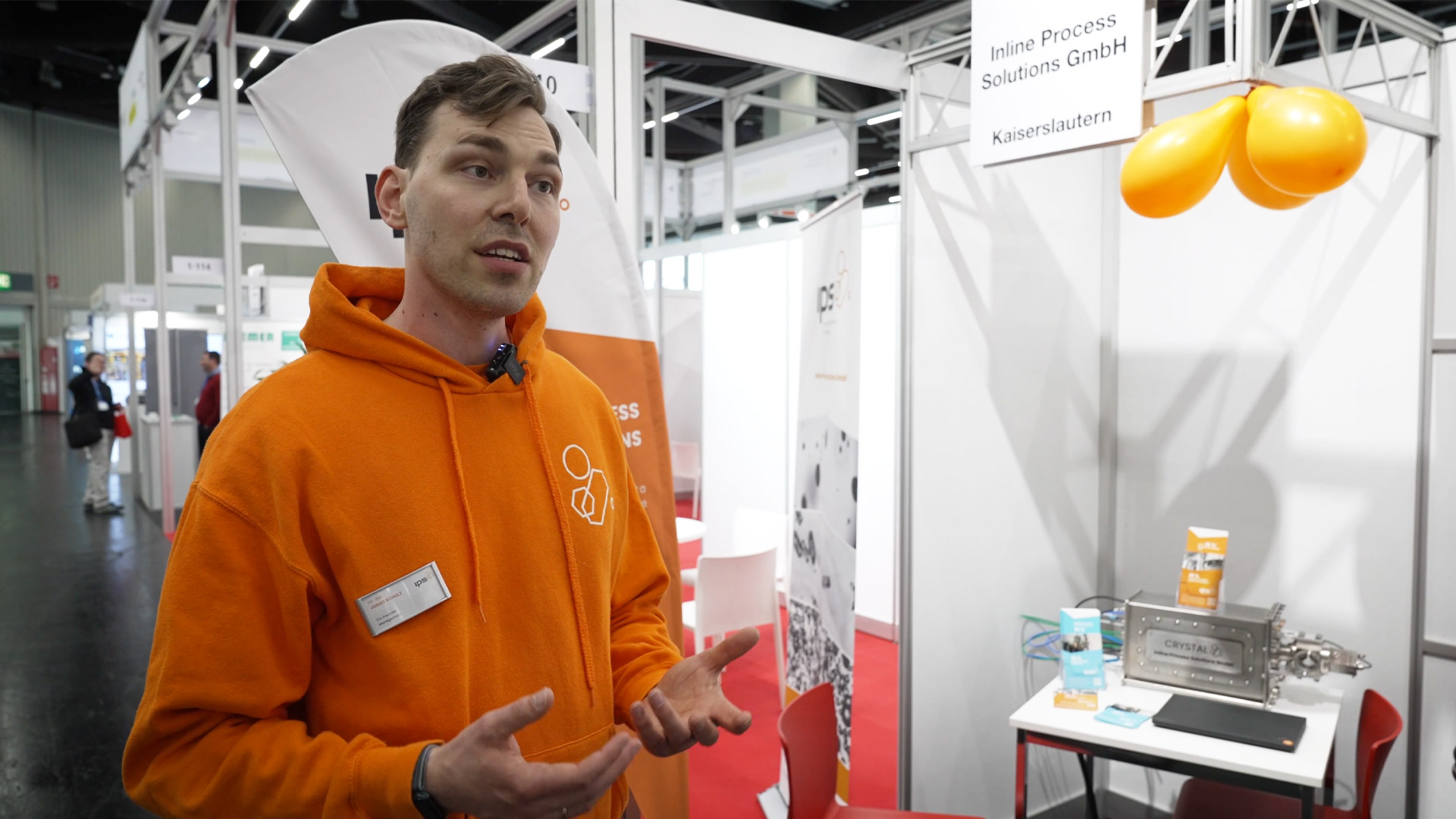
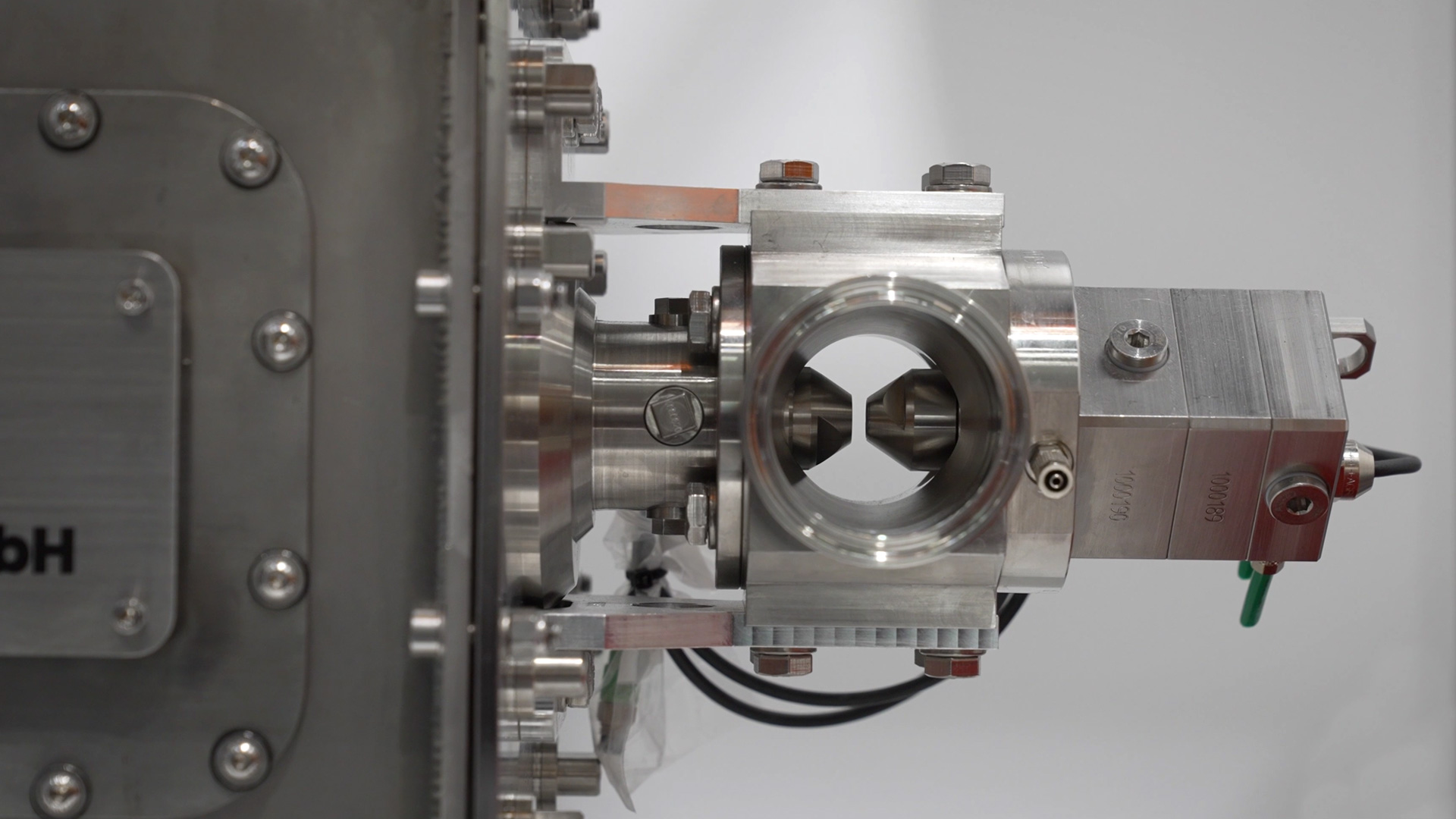
The operating principle was clearly illustrated on a roll-up at the trade fair stand: The sensor detects movement within a process stream and converts it into visually evaluable information. This makes visible what remains invisible under normal conditions.
A practical example is its application in the sugar industry. There, the sensors can be used to monitor the growth and morphology of sugar crystals directly during crystallization. IPS can provide information about the length-to-width ratio, the speed of growth, and the homogeneity—parameters that allow direct conclusions to be drawn about the process quality.
But the benefits are also great in the chemical and pharmaceutical industries. Especially with irregular, non-spherical particles, it is often crucial to determine their shape and size precisely. The sensors enable quantitative analysis of these structures in the flow—even with media that have particularly high density or turbidity. This makes inline sensor technology a valuable addition to classic laboratory analysis.
The image data from the sensors is processed by the company's proprietary software, Arimos Analyze. This uses artificial intelligence to evaluate even complex particle distributions and dynamic processes. The sensors currently achieve frame rates of up to 70 frames per second, which allows for very fine-grained analysis of fast processes. For live operation, the frame rate is currently around one frame per second, whereby the data can also be evaluated in real time.
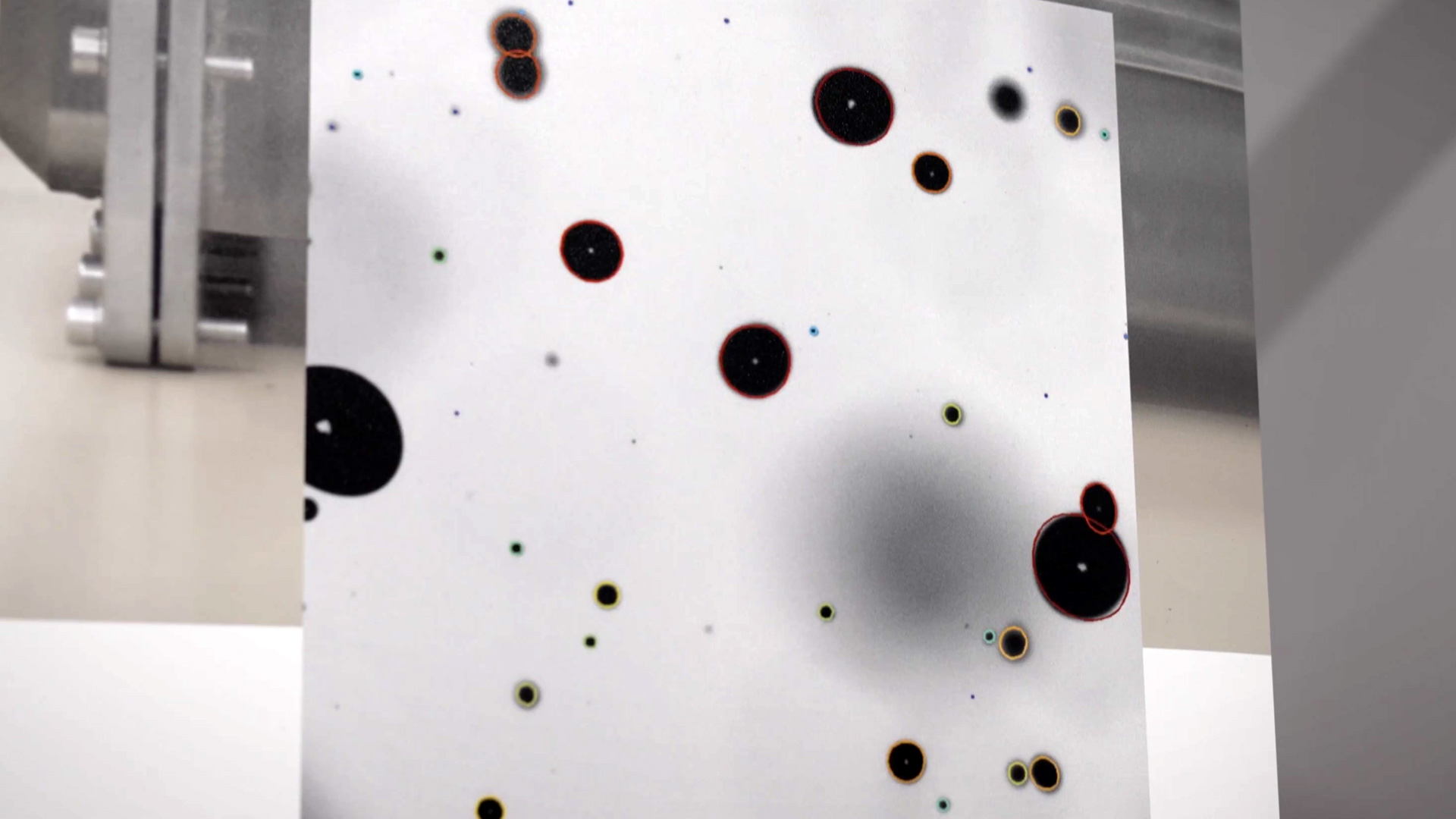
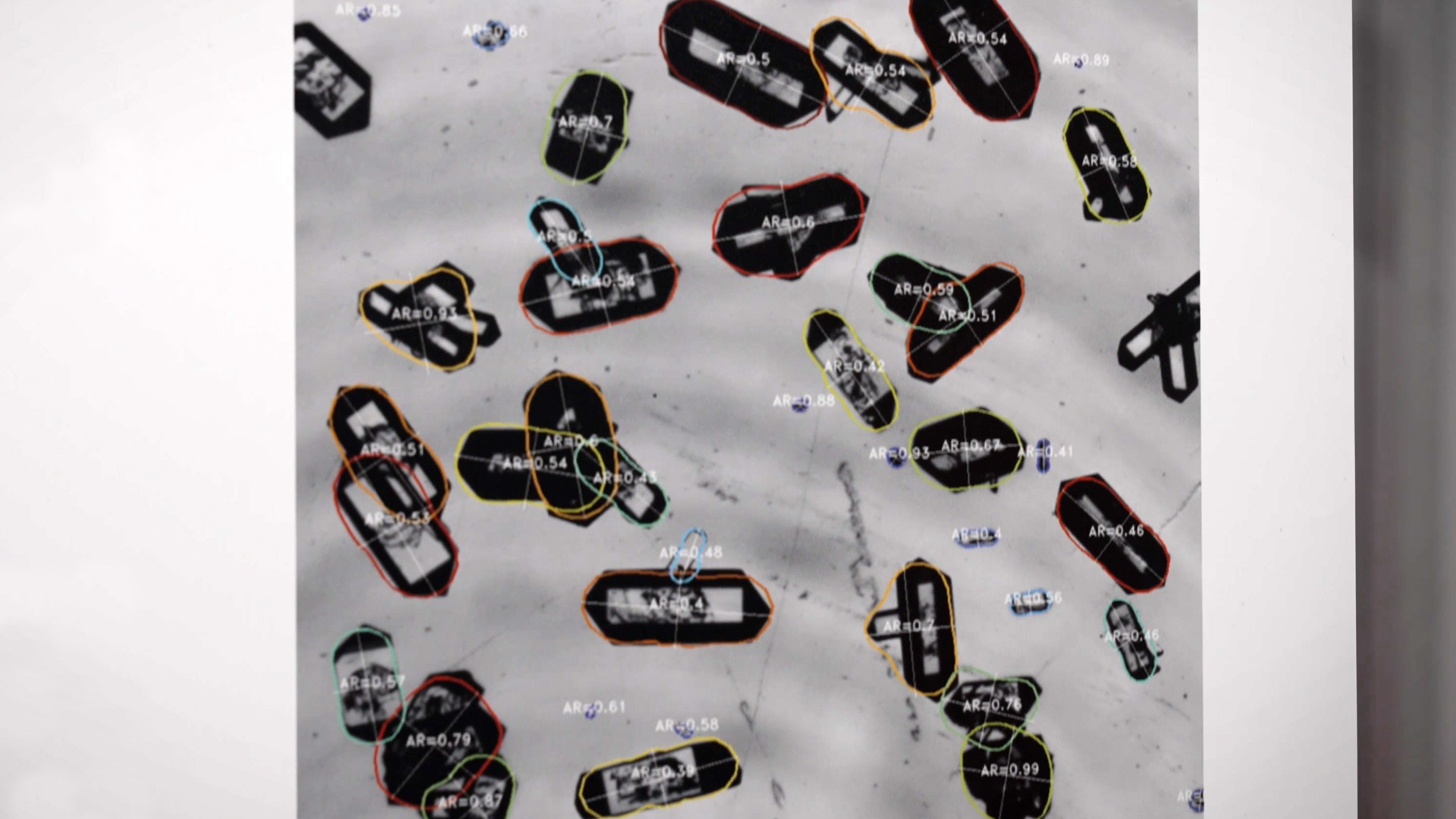
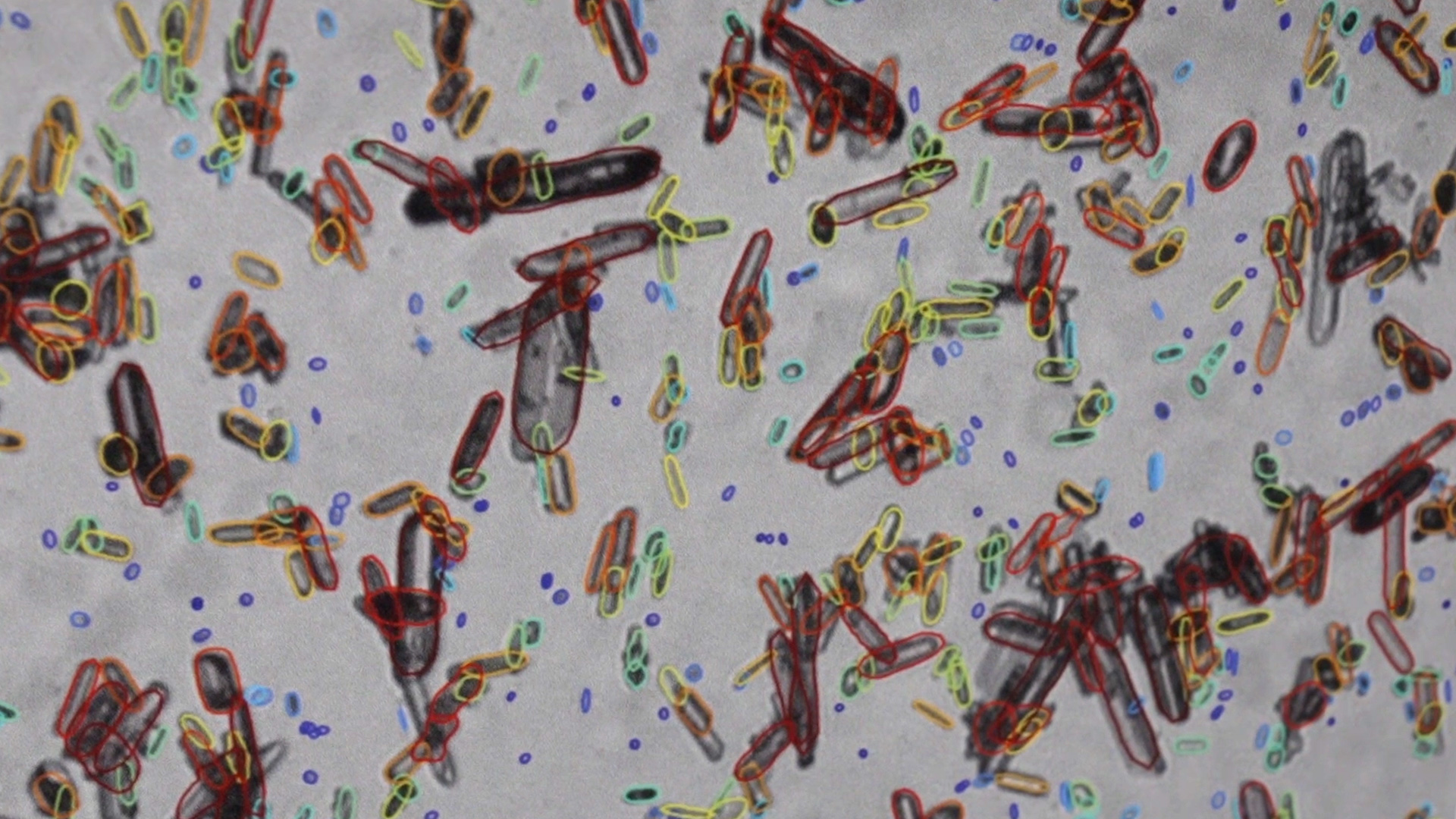
Particularly dynamic processes in which particle formation, droplet separation, or aggregation change rapidly benefit from the high resolution and the possibility of time-delayed AI evaluation. The combination of optical precision and adaptive analysis also enables the evaluation of irregular, difficult-to-classify structures – for example, in exhaust gas cleaning or droplet entrainment analysis.
Explosive atmospheres cannot be ruled out in many industrial environments, whether inside reactors or in areas with flammable gases and dust. IPS meets this challenge with well-designed protection concepts. The sensors are designed so that they can undergo ATEX certification on request. Special access points are provided for this purpose, through which an inert gas – such as nitrogen – is flushed in. This reliably protects the interior of the sensor from ignition.
This applies not only to the sensor technology itself, but also to accompanying components such as cameras, lighting units, and the associated cabling. If required, even PCs used for evaluation can be provided in explosion-proof versions. Without these protective measures, a large number of potential applications would be ruled out – especially in the chemical industry, where explosive mixtures are often part of everyday operations.
To enable the sensor technology to be integrated into a wide variety of processes, IPS offers standardized connections for power supply, lighting, and image evaluation. The camera units can be flexibly coupled with external light sources. In addition, the systems are designed to operate stably in a variety of environmental conditions, including mechanical stress and temperature changes. This is a prerequisite for use in real production conditions, where malfunctions or measurement failures cannot be tolerated.
In addition to its own sensor solutions, IPS also offers the evaluation of image data recorded with existing optical systems. Laboratories with imaging measurement technology that reach their limits when analyzing complex particle shapes can particularly benefit from the company's expertise and software. IPS's AI recognizes reliable patterns and characteristic values even in very irregular or complex samples, regardless of whether the data comes from an inline sensor or a stationary laboratory device.
With its solutions, IPS is positioning itself at the interface between measurement technology, image processing, and process control. The sensors deliver precise, reliable, and live evaluable data, enabling a new level of quality in production monitoring. Whether for crystallization, drop separation, or the analysis of gaseous media, IPS technology creates visibility where only approximate values were previously available. The high response at SENSOR+TEST shows how great the interest is in practical, robust, and intelligent sensor technology. New applications are emerging not only from the technology itself, but often in direct dialogue with users from industry.